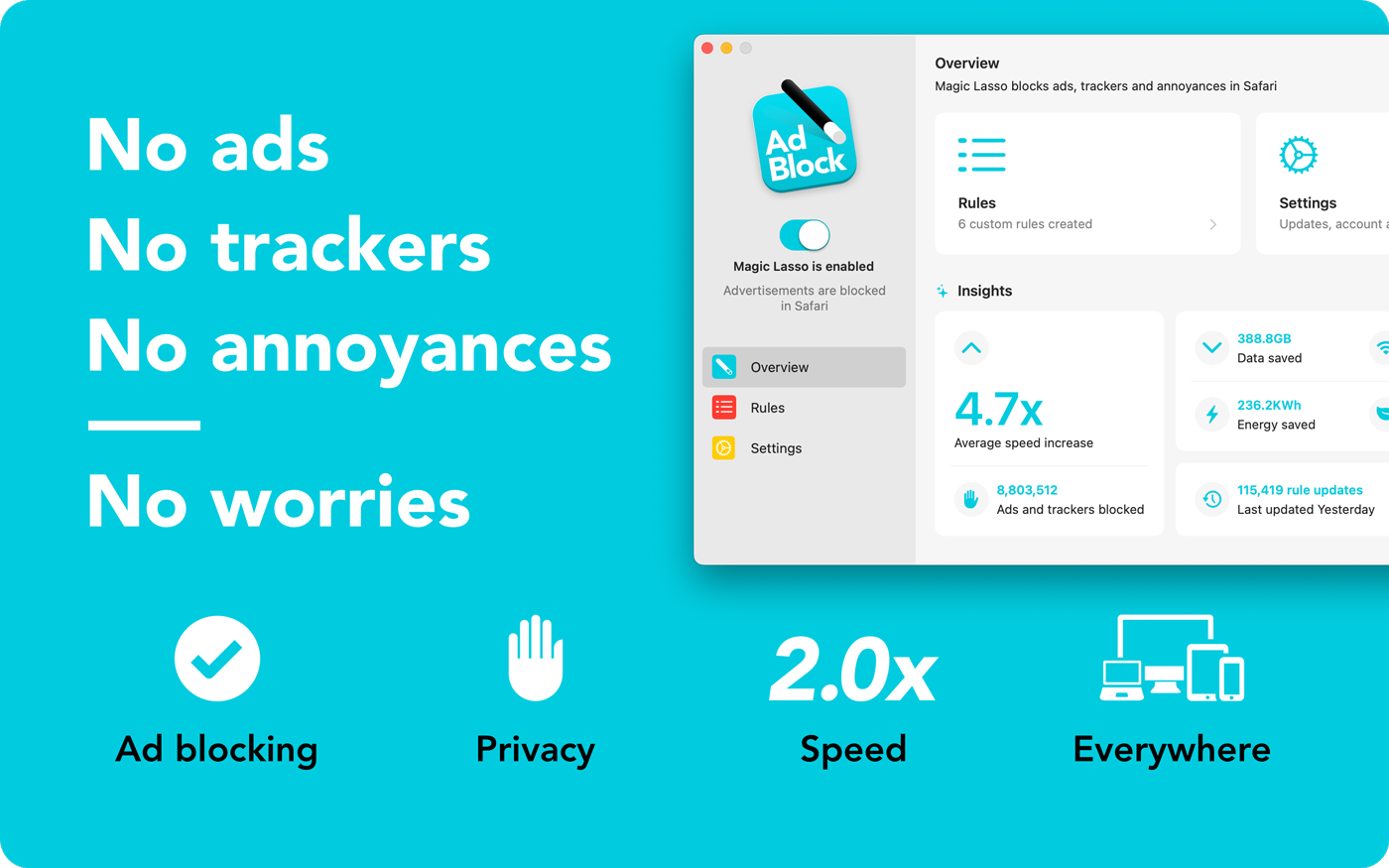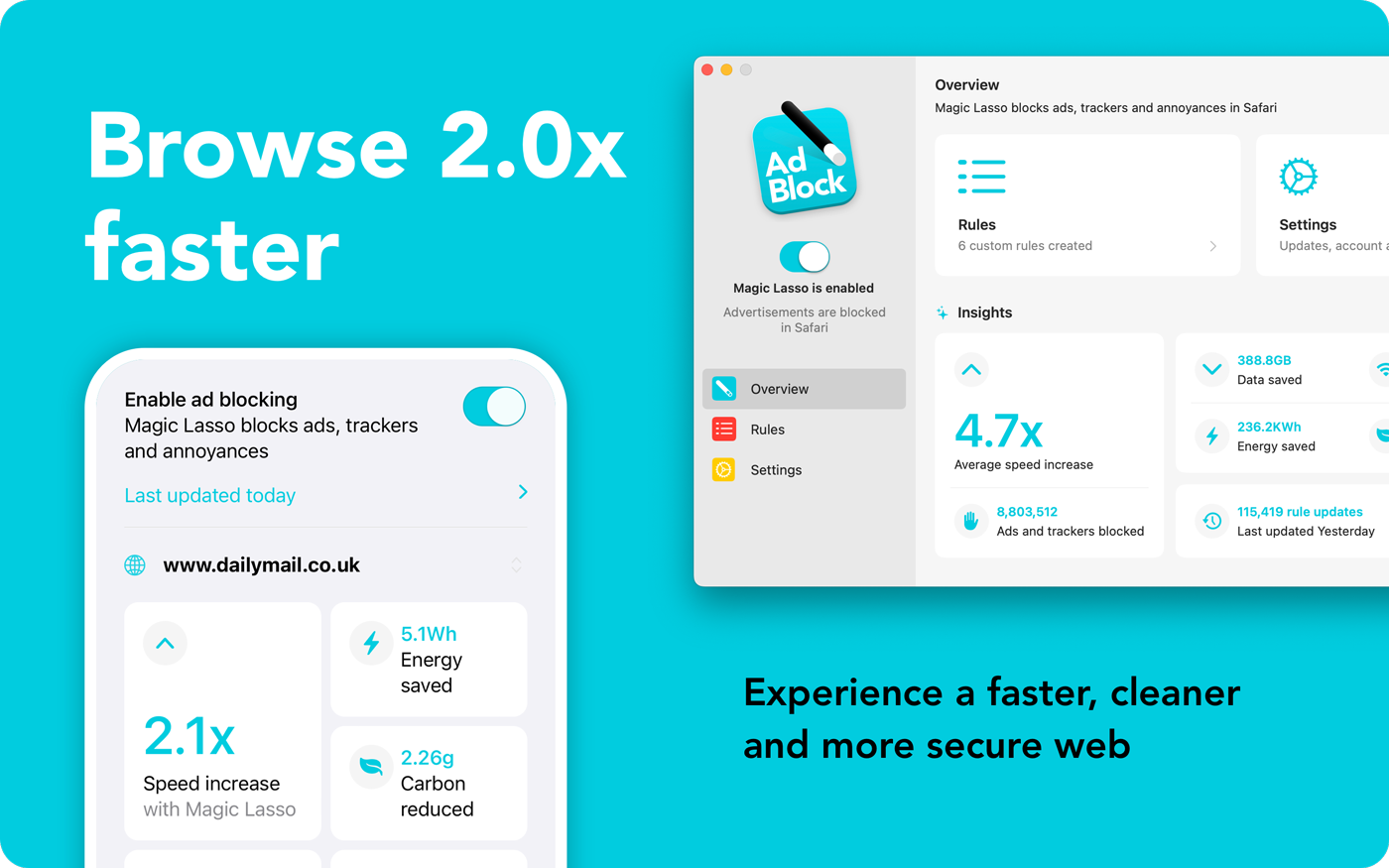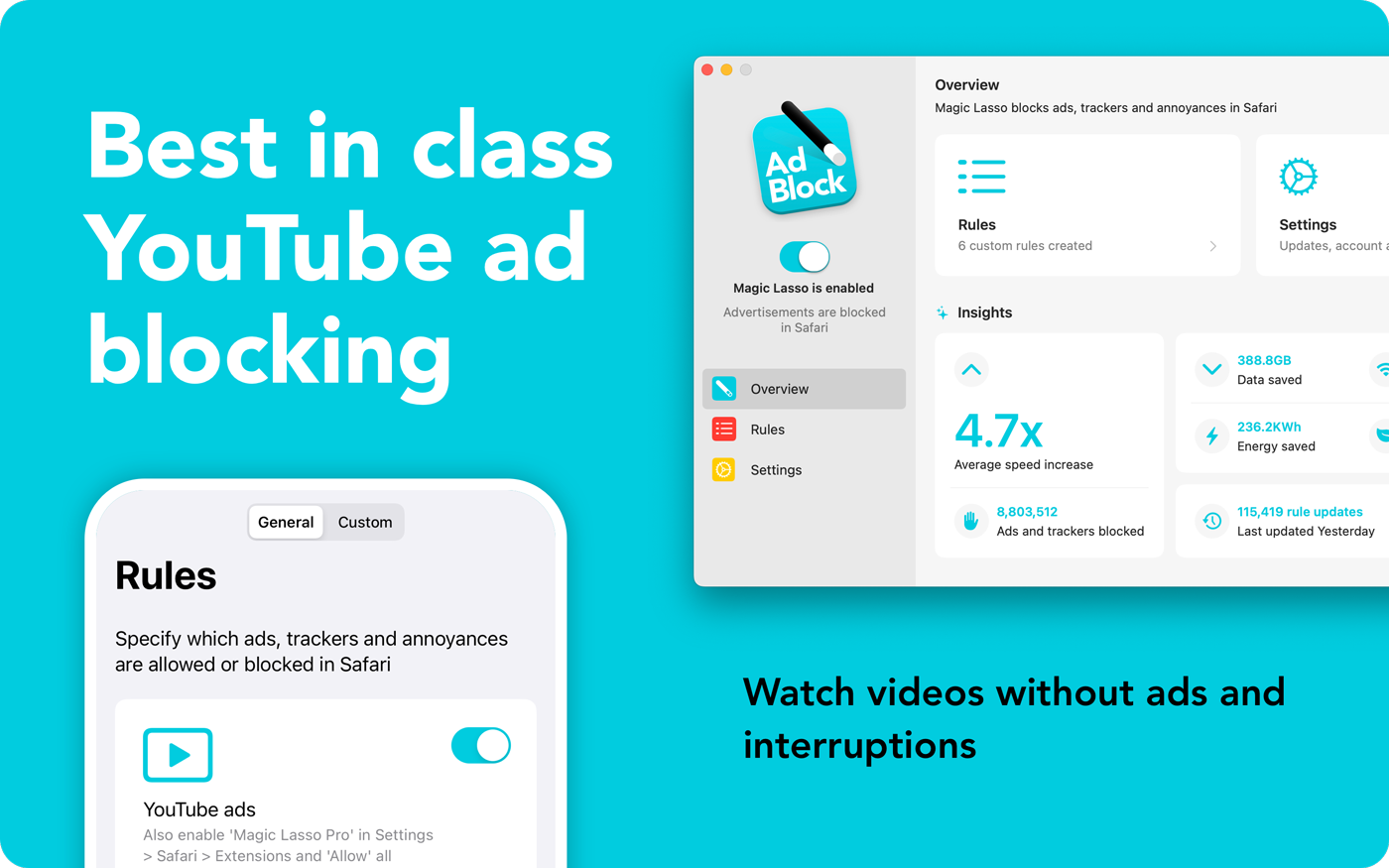If you were listening out of context to something Mark Zuckerberg said in a recent interview with Dwarkesh Patel, you might think he is deeply concerned about meaningful personal friendships:
There’s this stat that I always think is crazy: the average American, I think, has I think it’s fewer than three friends. Three people that they’d consider friends. And the average person has demand for meaningfully more — I think it’s like fifteen friends, or something. […] The average person wants more connectivity — uh, connection — than they have.
For what it is worth, I tried to find the source for these numbers. The “three friends” figure correlates with the findings and phrasing of a 2021 American Enterprise Institute survey (PDF), though other surveys have found broadly similar numbers. In 2023, Pew Research found 39% of Americans say they have one to three close friends, while 38% say they have five or more. Recent YouGov polling finds over 52% saying they have one to three, while 22% say they have four or five.
The second appears to come from the work of Robin Dunbar. The accuracy of this number is disputed.
Still, it sounds like Zuckerberg simply cares about the number of friends people say they have compared to the number they want. And, so, you would think the CEO of the world’s biggest social networks would be concerned about making sure we maintain the real-life connections we already have, and perhaps finding new ones. Alas, the technological solutions along those lines sound pretty boring unless they are marketed based on their quaint vintage appeal.
That is not what Zuckerberg is being interviewed to promote. This line of questioning is bookended by questions about artificial general intelligence and DeepSeek. And, in fairness, I did not quote Patel’s question which prompted this response:
On this point of A.I.-generated content or A.I. interactions, already people have meaningful relationships with A.I. therapists, A.I. friends, you know, maybe more. And this is just gonna get more intense as these A.I.s get more unique and more personable — more intelligent, more spontaneous, and funny, and so forth. […] People are going to have relationships with A.I.s. How do we make sure these are healthy relationships?
Zuckerberg barely answers this. Instead, he pivots to more comfortable territory about how Meta’s vision of A.I. will increase the number of entirely generated “friends” people can have. Or, in the words of Paul Fairie:
The average American has 3 eggs, but has demand for 15. So here are 12 photographs of eggs. I am a business man.
Zuckerberg acknowledges “I think there are all these things that are better about physical connections when you can have them,” but his primary complaints with A.I. relationships are how technologically primitive they are.
My goal is not to dump on anyone except Henry Blodget who may have found some kind of personal fulfilment in some A.I. program. That is not my place and I have no idea where to begin. What is notable to me is the role Meta plays in manipulating the experience of real-world friendships.
Kyle Chayka, the New Yorker:
[…] The people we follow and the messages they post increasingly feel like needles in a digital haystack. Social media has become less social.
Facebook’s founder, Mark Zuckerberg, admitted as much during more than ten hours of testimony, over three days last week, in the opening phase of the Federal Trade Commission’s antitrust trial against Facebook’s parent company, Meta. The company, Zuckerberg said, has lately been involved in “the general idea of entertainment and learning about the world and discovering what’s going on.” This under-recognized shift away from interpersonal communication has been measured by the company itself. During the defense’s opening statement, Meta displayed a chart showing that the “percent of time spent viewing content posted by ‘friends’” has declined in the past two years, from twenty-two per cent to seventeen per cent on Facebook, and from eleven per cent to seven per cent on Instagram.
What “friends” mean in this context is different from how it is used by Zuckerberg and in the surveys above. Also, the rest of this material is not necessarily A.I.-generated. Even so, 7–17% of users’ time is spent viewing stuff they say they want to see, and that is not necessarily because they have elected to view it less. That is driven to a considerable degree by the posts Meta has selected for you to see first, and the order in which your friends’ Stories are displayed.
If Meta had an institutional responsibility to help users maintain their real-world friendships, it is failing to do so based on these numbers. But that is not the role it seems to want to play.
John Herrman, of New York magazine, nails it:
Meta’s AI strategy less resembles a bet on an unrecognizable future than a belief, or a wish, that it can simply be Meta, but more so. (It’s also a bet that large-language-model-based AI will present more opportunities for entertainment than for work.) Zuckerberg isn’t just envisioning a Meta staffed by AI engineers and AI moderators, but platforms that stock themselves with content, allow users to request whatever types of interactions they want, and are even more effective at holding attention, keeping people engaged, and, of course, serving and targeting advertising.
Perhaps what people ultimately want — in general and on average — is entertainment brought to them. That is not a denigration of society or anything; it makes sense. We once turned on the radio and enjoy audio-only plays and discussions. Then we had podcasts. We once turned on the television and scrolled through channels until we settled on something we liked. Then we had Netflix and YouTube. Both provide suggestions on what to watch, and some podcast apps have their own recommendations, but there is still a manual quality to discovery.
Then TikTok came around and did away with two expectations: that you should have to work to figure out what you want to be entertained by, and that your best source of entertainment is your friend group. Meta is taking it a step further: what if the best source of entertainment is generated entirely for them? I find that thought revolting. The magic of art and entertainment is in the humanity of it. Thousands of years of culture is built on storytelling and it is not as though this model has been financially unsuccessful. That is not the lens through which I view art, but it is obviously relevant to Meta’s goals.
This is not enough. Meta, institutionally, sees its world through quantities — of friends, of posts made, of ads served, of engagement, of time spent, of interactions — and envisions abundance delivered through A.I. means. Its efforts so far have been sloppy. Maybe they will, as Patel appears to believe, get better: “more unique and more personable” and so forth. Regardless, they will still be fake. I am not the biggest A.I. downer, but this worldview sucks. Human-created art is as irreplaceable by A.I. as is a human friendship. Not every problem is one which can be solved through technological development, and not every problem is real — who is to say that three close friends is too few for most people, or that the amount of entertainment produced by human beings is insufficient?
It would seem an empire can be built only so far on what is real.



